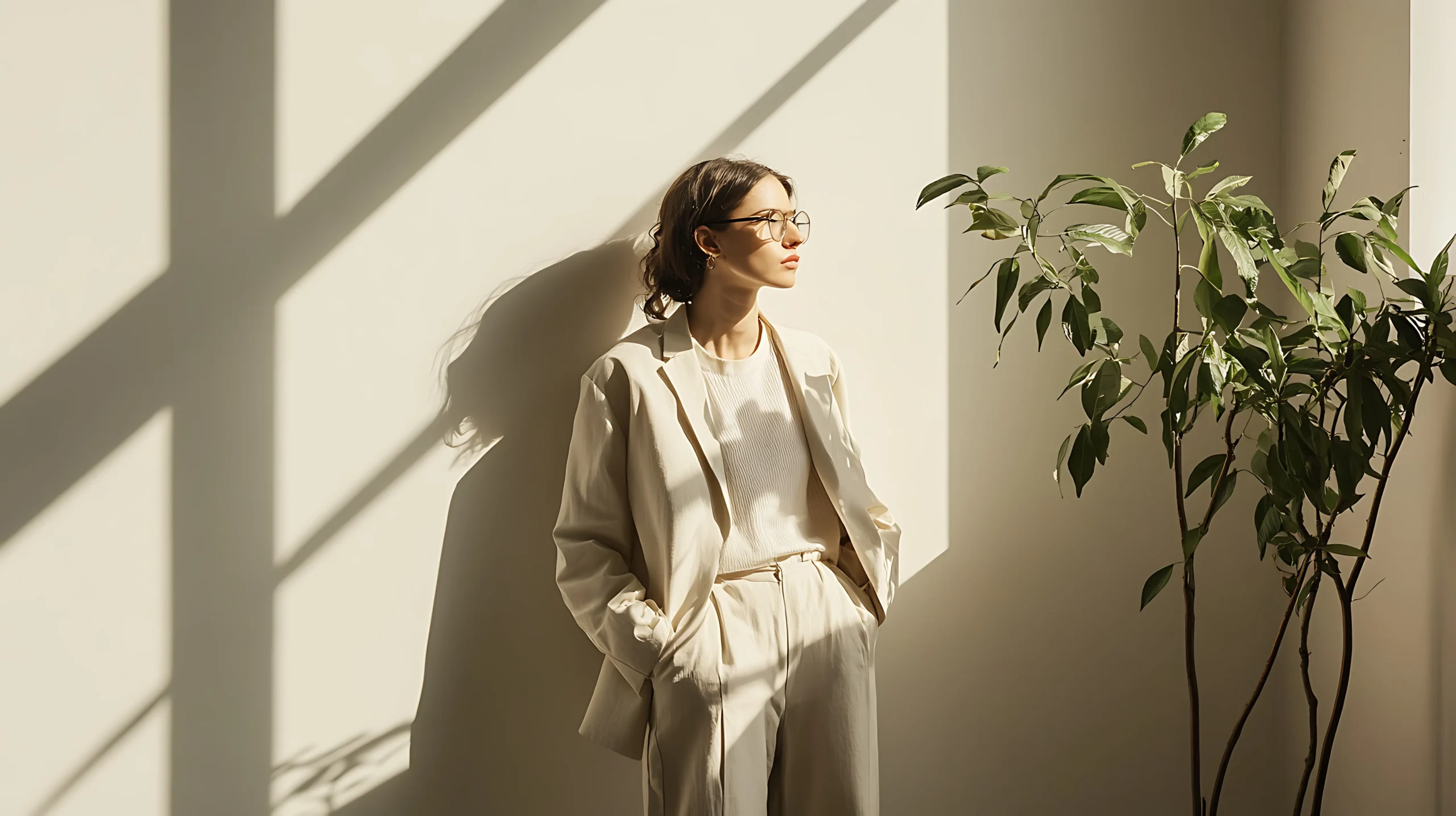Minimalist fashion has taken the world by storm, and two of its most influential sources are Japan and Korea. With clean lines, simple designs, and a focus on functionality, minimalist fashion from these cultures has shaped global wardrobes in a way that feels fresh, modern, and sustainable. Let’s dive into how Japanese and Korean minimalist fashion is defining global trends and why it’s so appealing.
Introduction to Minimalist Fashion
Minimalist fashion is all about simplicity, functionality, and elegance. Instead of focusing on flashy details, it emphasizes quality over quantity and values timelessness. This style has grown popular globally, attracting those who seek a more refined and clutter-free approach to fashion. Its rise in popularity is due in large part to Japan and Korea, where minimalism is more than a fashion trend—it’s a way of life.
Key Elements of Japanese Minimalist Fashion
Japanese minimalist fashion has a long-standing tradition rooted in Zen philosophy, which promotes simplicity, balance, and harmony. Key elements of Japanese minimalism include:
Neutral Colors
Japanese fashion relies on a subdued color palette of blacks, whites, and earth tones. These colors create a calm, balanced look.
Clean Lines and Silhouettes
Japanese minimalism values simple silhouettes that flow naturally with the body, allowing for comfort and movement.
High-Quality Materials
Emphasis is placed on natural, durable fabrics such as cotton, linen, and wool, which not only look great but also feel good to wear.
Functional Design
Each piece is created with a purpose, often with loose, flowing shapes that provide comfort while keeping an elegant look.
Japanese minimalism is about more than style—it’s about embodying a lifestyle of mindful consumption and sustainable choices.
Essential Traits of Korean Minimalist Fashion
Korean minimalist fashion, while also rooted in simplicity, brings its own unique flair to minimalism. Unlike the more muted Japanese style, Korean minimalism often includes:
Subtle Accents and Layers
Korean minimalism embraces layering with lighter materials, creating depth without overwhelming the outfit.
Functionality with a Playful Twist
Korean designs keep it functional but may include small, playful details, like an unexpected pop of color or unique textures.
Youthful Influence
Korean fashion is known for its youthful spirit. Minimalist designs are often influenced by casual streetwear, with pieces that are versatile and adaptable.
Soft Color Palette with Occasional Bold Choices
While neutral tones are common, Korean minimalist fashion may feature soft pastels or a splash of bright color, adding a modern twist.
These traits give Korean minimalism a fresh, approachable vibe that appeals to younger audiences globally, blending sophistication with a sense of fun.
Comparing Japanese and Korean Minimalist Styles
Both Japanese and Korean minimalist styles value simplicity and quality, but they diverge in their approach. Japanese minimalism leans towards traditional, timeless pieces, whereas Korean minimalism often merges functionality with modern trends. While Japanese minimalist clothing tends to focus on subdued colors and loose shapes, Korean minimalist fashion incorporates youthful accents and layered styles. This contrast offers global fashion lovers a spectrum of minimalist options—whether they prefer the timeless elegance of Japan or the playful edge of Korea.
Global Influence of Japanese and Korean Minimalism
The minimalist styles from Japan and Korea have made significant inroads into Western markets and beyond. Designers worldwide are inspired by these aesthetics, and major brands are adopting minimalist principles that reflect Japanese and Korean influences. Popular international fashion retailers, from high-end to fast fashion, now feature collections with pared-down designs, neutral colors, and functional pieces that embody minimalist ideals.
The appeal of Japanese and Korean minimalism goes beyond fashion; it resonates with the growing desire for sustainable and mindful living. As consumers seek ways to reduce waste and make thoughtful choices, minimalist fashion offers a pathway to both style and sustainability.
Why Minimalist Fashion is on the Rise Worldwide
Minimalist fashion aligns with modern values of sustainability, simplicity, and self-expression. Here are a few reasons why it’s becoming a global trend:
Sustainability
Minimalism promotes fewer but higher-quality purchases, reducing waste and supporting sustainable practices.
Decluttering
Many are drawn to a lifestyle that minimizes excess. Minimalist fashion reflects this by focusing on versatile wardrobe essentials.
Personal Branding
Minimalist styles allow individuals to create a signature look that is unique yet timeless, making it easier to define personal style with fewer items.
With minimalist fashion, people feel empowered to invest in pieces that last and represent their personal values.
How to Incorporate Minimalist Style into Your Wardrobe
If you’re interested in trying out minimalist fashion, here are some practical tips:
Start with Basics
Invest in high-quality basics, such as plain tees, neutral trousers, and classic outerwear.
Stick to a Neutral Palette
Focus on black, white, beige, and grey shades for a cohesive look that’s easy to mix and match.
Prioritize Functionality
Choose pieces that are versatile and comfortable, ensuring each item has a purpose.
Experiment with Layers and Textures
You can add depth to minimalist outfits by layering or incorporating subtle textures like knits and linens.
Avoid Excessive Accessories
Minimalism is all about simplicity. Choose one or two statement pieces instead of layering multiple accessories.
Conclusion
Japanese and Korean minimalist fashion continues to make a strong impact worldwide, offering both timeless elegance and modern flair. These styles reflect values that resonate with many today—simplicity, sustainability, and intentional living. Whether you’re drawn to the sleek designs of Japan or the layered, playful elements of Korean fashion, minimalist fashion from these cultures provides inspiration for building a thoughtful, stylish wardrobe that transcends trends.
In a world of fast fashion, embracing minimalism allows for a meaningful approach to personal style. As we continue to see Japanese and Korean minimalist fashion shaping global wardrobes, it’s clear that the appeal of simplicity is here to stay.


